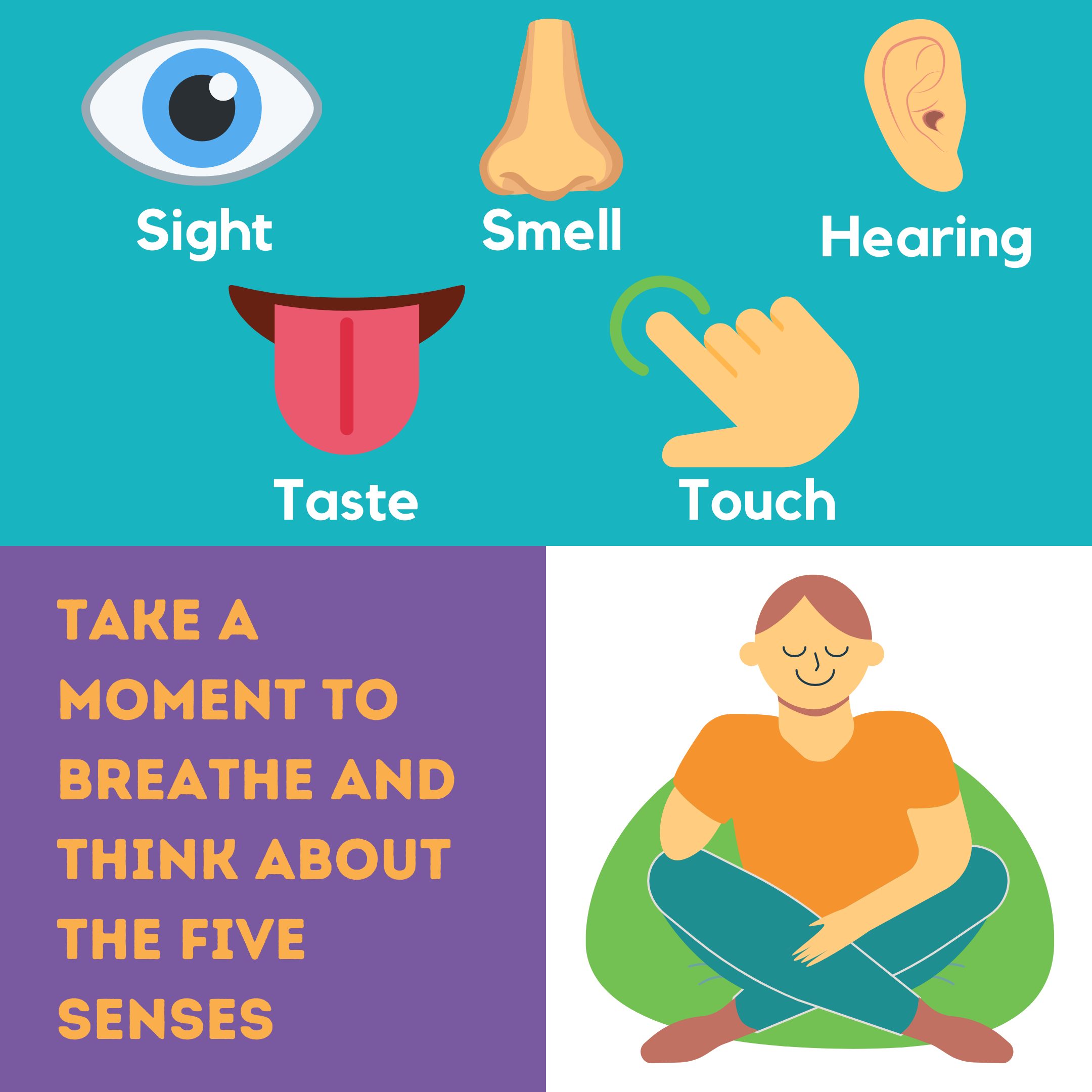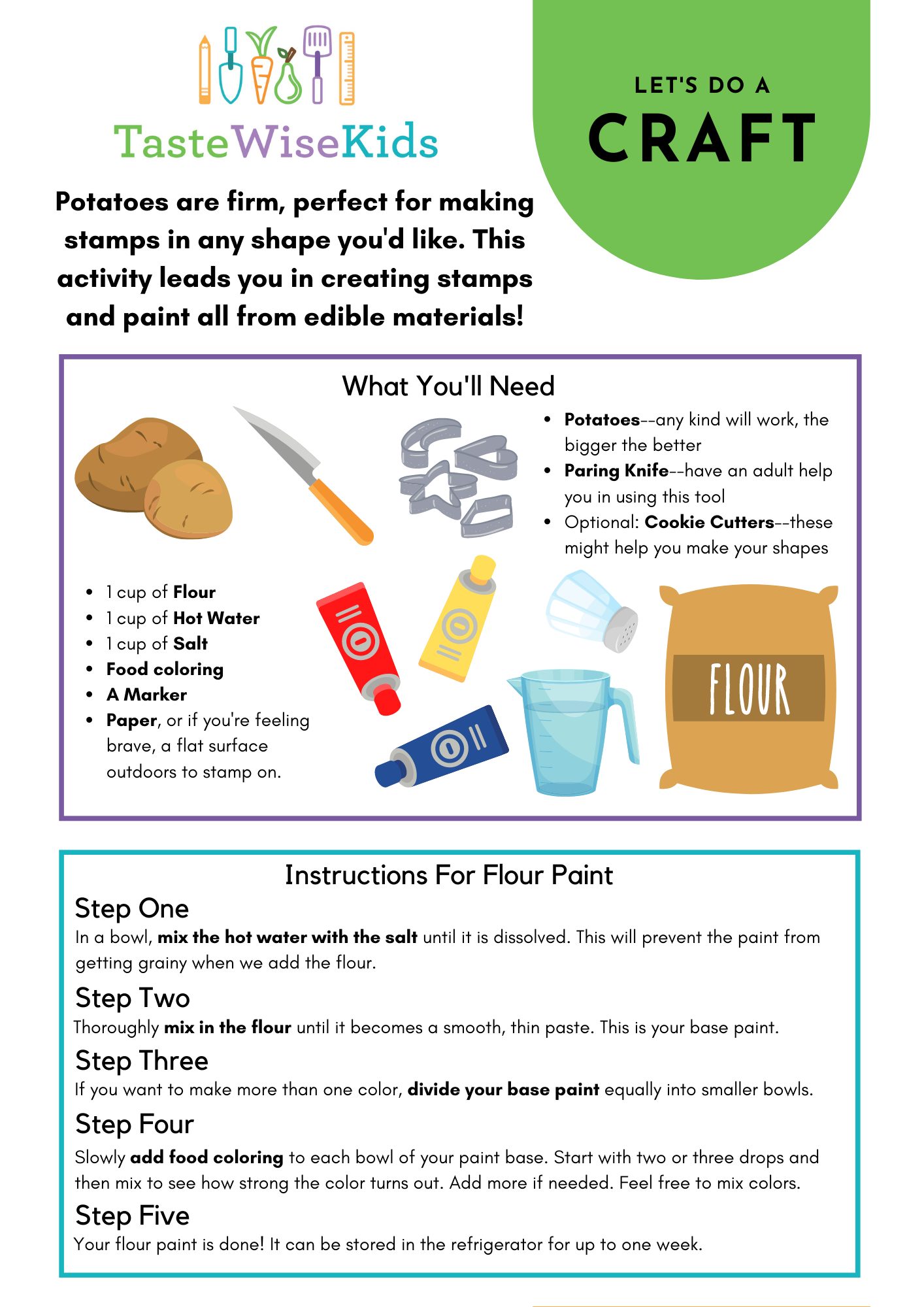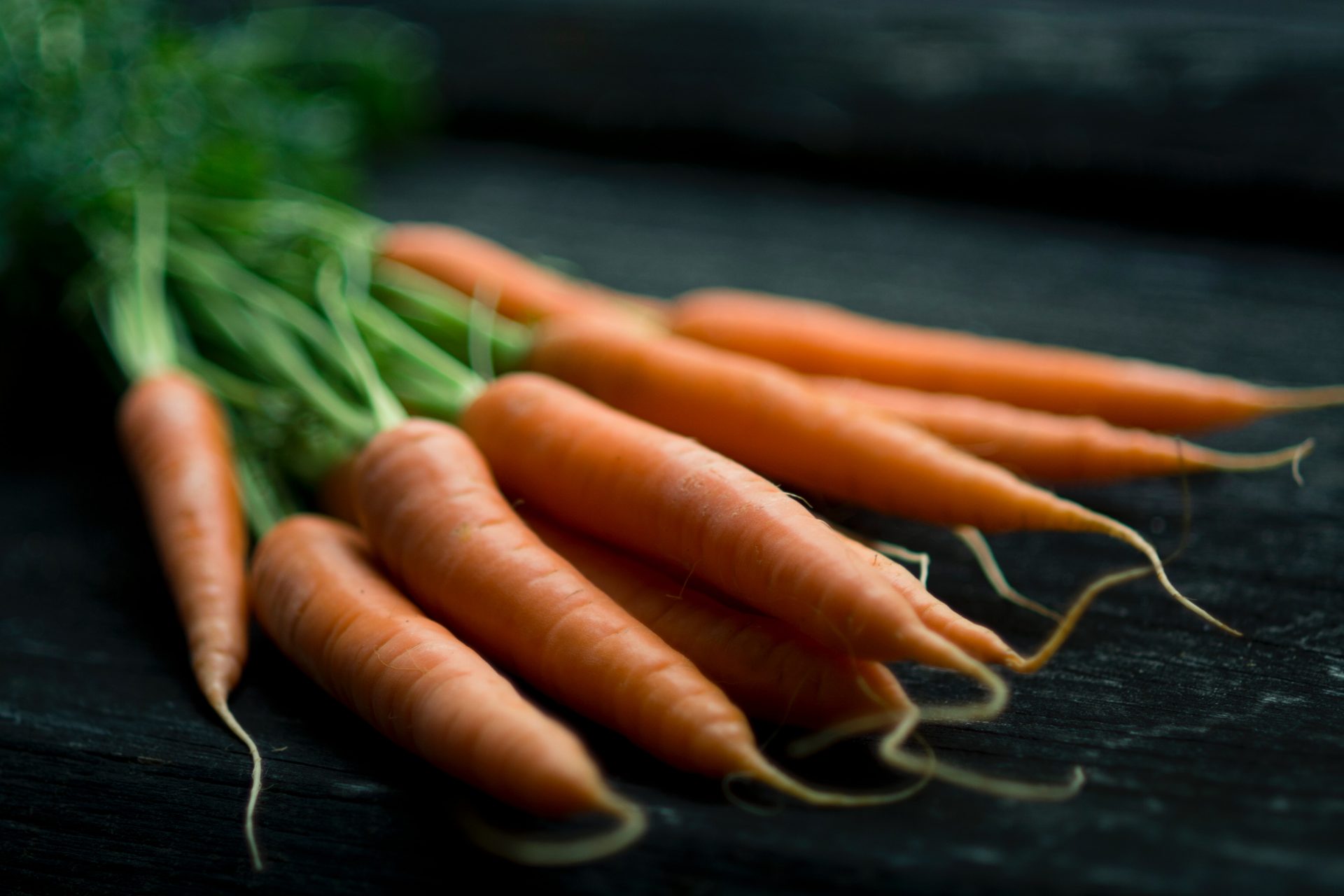#TWKatHome Activities
Take a Look Around
Welcome to TWKatHome, our fun, free online content that helps kids and families explore food and build positive, healthy eating habits. As we settle into winter, we are focusing on Food Happenings, connecting food to current events. In the coming months, we will be exploring how food can help create a better understanding of the events around us.

In this week of Food Happenings we are talking about Groundhog Day! We’re getting a little silly with this week’s lesson but we promise you’ll be learning lots about how to be mindful. At the end, we’ll do a fun activity making crafts from food and we even have a recipe inspired by one of groundhogs’ favorite foods!
TasteWise Kids - are you hungry for some learning?
Did you do a TWKatHome activity? Share what you learned or created from the activity on our social media! We’d also love to hear your ideas for what other content you’d like to see from TWKatHome. Share with us on Facebook (@TasteWiseKids) or Instagram (@tastewise_kids) and use the hashtags #TWKatHome and #myTWKsalad, or email info@tastewisekids.org.

Let’s Learn About Groundhog Day
Groundhog day is a North American holiday celebrated on February 2nd to observe the predictions of rodent meteorologists. You read correctly, a whole holiday for a groundhog weatherman!
Did you know that originally, Germans used hedgehogs to predict the coming of spring but when they arrived in America as settlers, groundhogs were much more abundant? Soon they switched to relying on these burrowing creatures to tell when winter would end.
On this holiday people watch as groundhogs emerge from their burrows. According to tradition, if the groundhog sees its shadow and returns back to its hole, that means six more weeks of winter. But if he isn’t scared by his shadow we can look forward to an early spring.
To be clear, groundhogs certainly cannot predict the weather but there is an important lesson to be learned from this goofy custom.
What can we take away?
In the winter, groundhogs hibernate but when February arrives they begin to emerge to test the conditions outside and search for a mate.
They may not be able to predict the weather but the end of hibernation for groundhogs does signal that spring is on its way. By observing their surroundings and connecting the way groundhogs behaved with the changing of the seasons, the settlers who began this holiday were practicing something very important: mindfulness.
Mindfulness is defined by focusing your attention on the present moment and being aware of your surroundings. This is something that takes practice and can be important in looking at both yourself and the world around you.
Let’s Be Mindful Together
We’re going to teach you how to be mindful--don’t worry, it doesn’t involve groundhogs! By being mindful we can evaluate what’s working well and what isn’t, how to approach challenges, and how to be kind to the world.
We are going to look both inwards and outwards to be mindful about our bodies and our surroundings. In mindfulness, we are tuning into the five senses. They include, sight, smell, hearing, taste and touch. We are also going to pay attention to our emotions.
Follow the guide, using simple questions to begin your mindfulness practice:
What do you see around you? Think about colors, shapes, how close or far away things are. Are there things you see that you think are beautiful? Interesting? Cool? Maybe there are things that you think are messy? Scary? Dreary?


Now close your eyes and focus on smell. Take a deep breath in through your nose with your mouth open. What do you smell? Something sweet? Fresh? Funky? Think about where these smells might be coming from.
With your eyes still closed, start to listen to your surroundings. Can you hear yourself breathing? Move around a bit, can you hear the sound of your clothes shifting? What other sounds are there? Maybe a clock ticking, cars driving past, or a breeze outside.
Try breathing in through your mouth. If you recently had something to eat or drink, you might be able to think about how it tasted. If not, think about what tastes you do and don’t like. Do you enjoy things that are buttery? Garlicky? Sour?
Turn your attention to the feeling of touch. What does the surface you are sitting on feel like? Are your hands resting in your lap? Do your clothes feel soft or itchy? Can you feel air on your face or in your hair? How does your body feel? Are you relaxed? Tense? Energized? Tired?
Finally, let’s think about how all of these things make you feel. You don’t have to think of them as happy or sad. They can be neutral, unpleasant, refreshing or any number of other emotions.
Take one last deep breath and open your eyes. Now that you have taken a moment to pay attention to yourself and your surroundings, what would you like to do next?
How can we use Mindfulness?
Just like the settlers who began groundhog day, you just practiced mindfulness to help you evaluate what’s going on in your body and in the world. This practice can be helpful in lots of different circumstances.
For example, I like to practice mindfulness when I eat. Eating fresh lettuce and crunchy cucumbers makes me feel invigorated. Drinking a mug of hot tea gives me a feeling of calm. I try to be mindful of when I’m full during a meal. I listen to my body when it grumbles and think about the things I would like to taste to fill my hunger.
We can also use mindfulness to think about how we treat others and how to make the world a better place. When I see my neighbors growing their own vegetables I feel hopeful and inspired to start my own backyard farm. If I hear about or witness racial discrimination I feel frustrated and sad but I also feel my body buzzing, ready to take action.
Try practicing mindfulness in your life, even if that means just taking two minutes each day to breath and think about your five senses and your emotions. If you are interested in more mindfulness practices, visit mindful.org for ideas on activities that might work for you and your family.
Now it's Time for a Craft!
Mindfulness is hard work, so let’s take some time to do a fun craft involving one of my favorite winter vegetables: potatoes!
Activity: Potato Stamps
Raw potatoes are firm, perfect for making stamps in any shape you’d like. This activity leads you and your family in creating your own stamps and paint all from edible materials!
Follow the steps below or use our printable version of the activity by downloading the full pdf here.
Don’t forget to share with us!
Share with us the results of your potato art on Facebook (@TasteWiseKids) or Instagram (@tastewise_kids)! You can also email us at info@tastewisekids.org.
Instructions For Potato Stamps
Step 1
Start by cutting your potatoes in half, either the long way or the short way depending on what size you want your stamp to be. Any time you are using a knife you should have the help of an adult.
Step 2
What shapes will you make? The shape of your stamp may be determined by cookie cutters if you are using them. But if not, it is up to your imagination. You can use a marker to draw your shape on the potato or you can wing it!
Step 3
If using them, press a cookie cutter into the potato until it is about half way deep. Have an adult use a knife to cut away the part of the potato that is outside the cookie cutter. If you have drawn a shape onto your potato, the adult can cut around the outline. This way, your shape sticks out. Repeat this with as many shapes as you'd like.


Step 4
Now your stamps are ready to be used. Get the flour paint you made earlier out of the fridge and prepare a place to make your craft. You can lay down newspaper under the thing you will be stamping to prevent surfaces from getting too messy.
Step 5
Use your fingers or a brush to put some flour paint onto the part of your potato stamp that sticks out. You don't want to add too much paint or the stamp will come out blurry. For a fun experiment, try putting one color on half your stamp and a different color on the other half.
Step 6
Hold the stamp so that the part that sticks out faces down. Press the stamp onto your paper or other surface firmly and then carefully lift it away, trying not to move from side to side at all. Look! You made a stamp! Like the paint, these stamps can also be kept in the refrigerator for up to a week and reused (don't worry if they turn a little brown). They make great additions to cards and gifts tags and everything is easily cleaned up!
Let’s Eat Like a Groundhog!
Groundhogs are actually common garden thieves, stealing your veggies just as they’re getting ready to be harvested. What’s one thing they love to munch on? Carrots! Today we’ll be serving you up a groundhog inspired recipe for French Carrot Salad.
Ingredients:
- 4-5 medium carrots
- 2 tablespoons of Dijon mustard
- 2 tablespoons of lemon juice
- 3 tablespoons of olive oil
- 2 teaspoons of honey
- A handful of fresh parsley
- Salt and pepper to taste

Directions:
- Grate the carrots on a large toothed grater or in a food processor. Set aside in a large bowl.
- In a small bowl, whisk together the mustard, lemon juice, honey, parsley and salt and pepper. Whisking constantly, add the oil one tablespoon at a time until the mixture is creamy. Taste and adjust as needed.
- Pour the dressing over the grated carrots and toss gently to coat. This salad can be refrigerated but it is best eaten fresh so the carrots stay crispy and bright orange!
